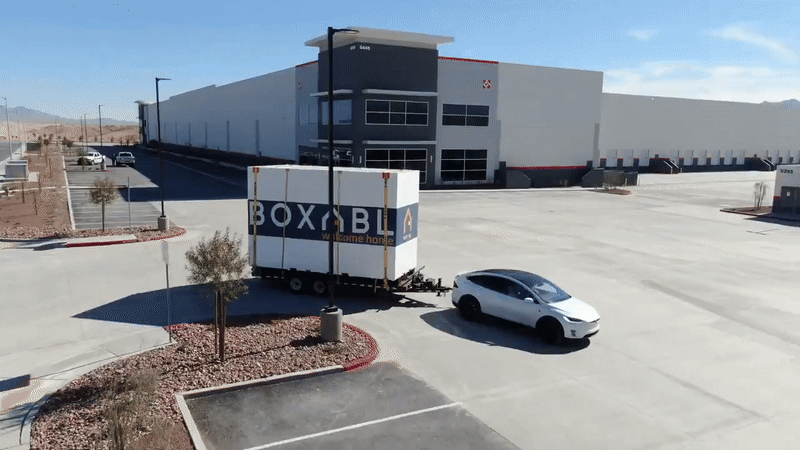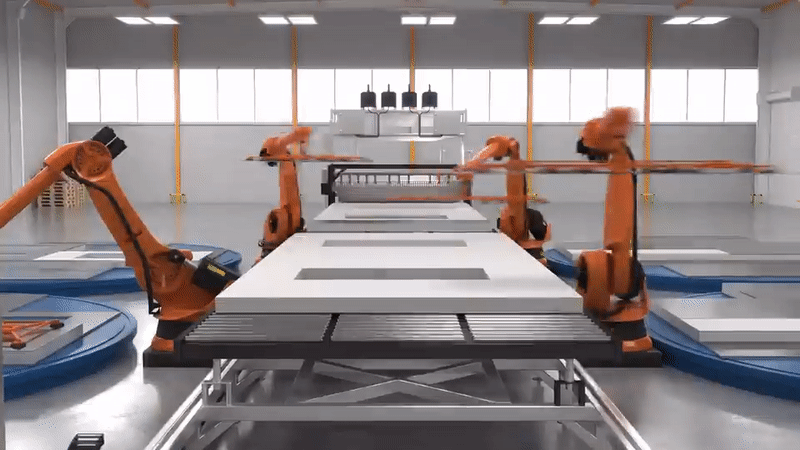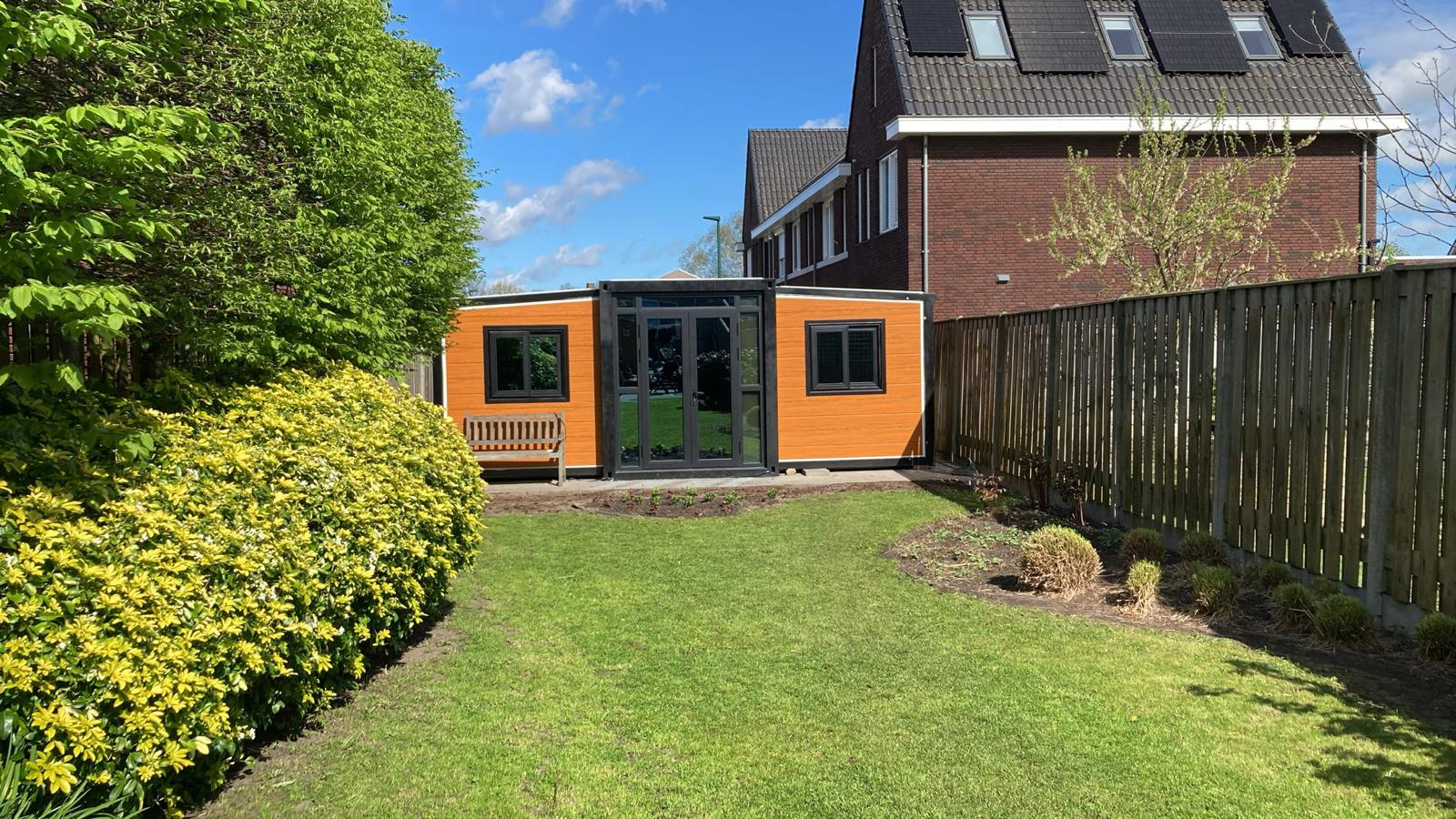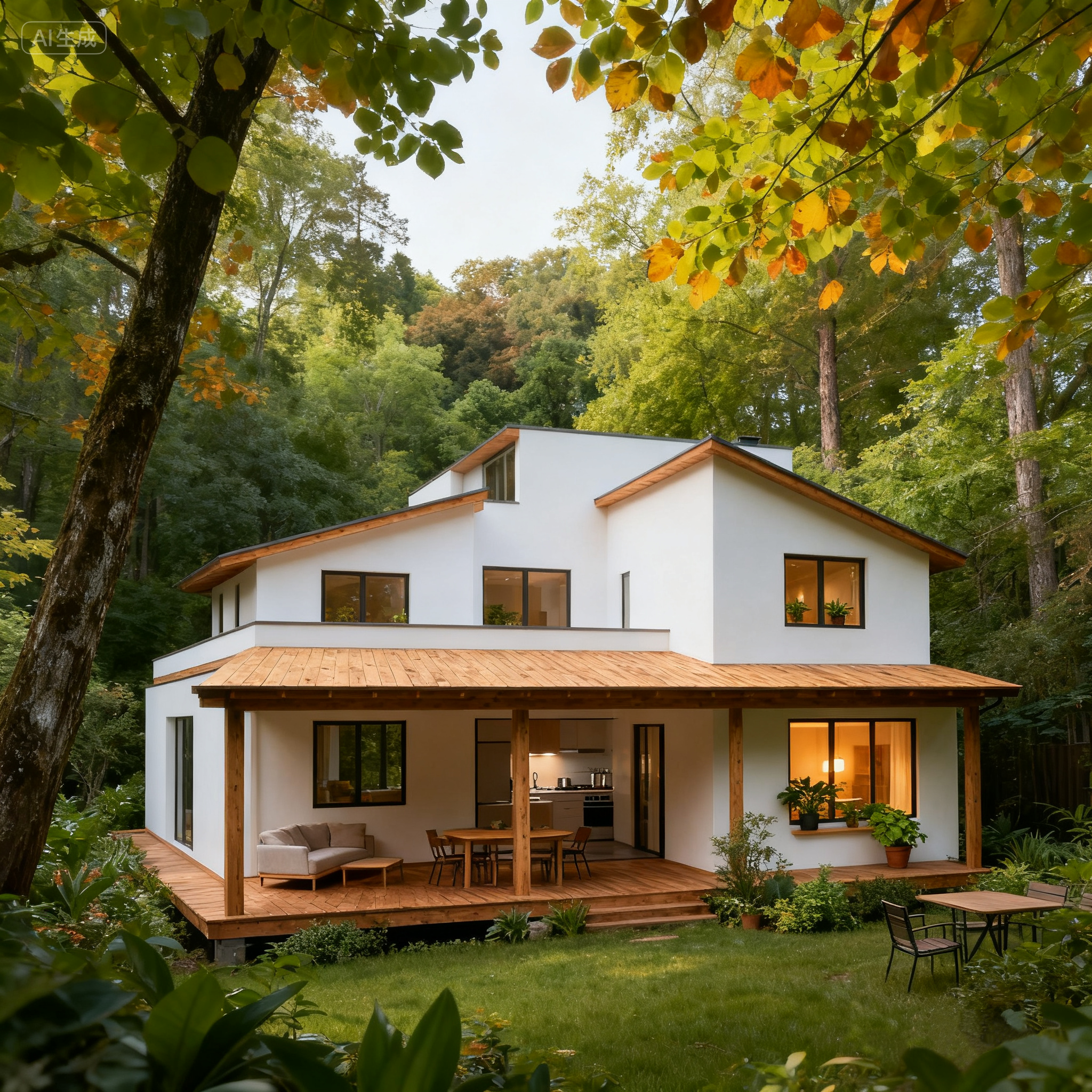When Elon Musk, the world's richest person, sold most of his real estate holdings and moved into a prefabricated cottage named "Casita" with an area of only about 37 square meters, this act was not only a powerful advertisement for the "foldable house" developed by Boxabl—a company he invested in—but also a sign of the future trends in the residential construction industry.
So, what makes this seemingly simple prefabricated and expandable housing so appealing?

I. Prefabricated Housing Unlocks Possibilities for Construction Technology in Efficiency, Cost, and Sustainability
Prefabricated mass production significantly improves construction efficiency. The traditional construction industry is notorious for long cycles and complex processes; a project often takes months or even years to complete, and is highly dependent on manual labor and weather conditions. Modular housing shifts over 90% of construction processes to highly automated factory assembly lines. Walls, floors, roofs, and all internal pipelines and decorations are completed in a standardized manner within a controlled environment.
Take Boxabl as an example: its goal is to mass-produce dozens of "Casita" units per day. What is even more revolutionary is the deployment process: an entire house is folded into the size of a standard shipping container, transported to the destination by truck, and with the assistance of a crane, it can be unfolded, connected, and basically commissioned in just a few hours. This speed is undoubtedly an essential solution for post-disaster emergency housing, remote area workstations, or the rapidly growing demand for urban housing.
"Highly controllable costs" have become unprecedented. Traditional construction often turns into a "budget black hole" due to design changes, construction delays, material waste, and weather factors. Modular construction, however, is similar to automobile manufacturing: through standardized design, bulk procurement of raw materials, and optimized production processes, it significantly reduces unit costs and waste (construction waste can be reduced by more than 70%). The price of the main structure of the house is determined at the time of leaving the factory, making the total budget highly transparent and predictable.

"Shifting construction processes to factory production lines reduces on-site disturbance to residents and construction pollution." Modular housing has been closely linked to the concept of sustainable development since its inception. Factory-based production greatly reduces the damage to the surrounding environment and pollution from noise and dust caused by on-site construction; precise calculation of materials minimizes resource waste; at the same time, modular houses are usually designed with high-standard thermal insulation performance, thereby reducing energy consumption during future occupancy. In terms of quality, it eliminates the uncertainty of "relying on the weather" and "depending on workers' skills". In factories with constant temperature and humidity, production is controlled by robotic arms and strict processes, ensuring that each house has uniform and reliable quality, and often outperforms traditional buildings in terms of structural strength, fire resistance, and airtightness.
II. Modular Thinking Unlocks Infinite Possibilities for Space: Redefining "Home"
Musk's choice reveals, on a deeper level, another major appeal of modular housing—flexibility and expandability. The concept of "home" has transformed from a fixed, heavy "real estate property" to a flexible "space unit" that can respond to changing needs. This makes it possible for houses to be delivered like parcels.
What "Casita" demonstrates is that a single module is a fully functional independent unit, but its more noteworthy feature lies in "connection". Multiple basic units can be seamlessly joined together in space like LEGO bricks, easily combining to form two-bedroom, three-bedroom, or even more complex building forms. This means that a family can start with a core module and, as the number of family members increases or functional needs change (such as the need for a home office or gym), carry out "on-demand expansion"—modular housing allows a home to become a "growing home".
This flexibility enables its application scenarios to go far beyond the scope of traditional housing:
As Accessory Dwelling Units (ADUs): In the backyards of Europe and America, they can serve as ideal home offices, guest rooms, or rental units, generating additional income.
 |
As Commercial and Public Service Facilities: They can be quickly deployed as scenic area homestays, temporary retail stores, mobile clinics, emergency command centers, or temporary classrooms, meeting the ever-changing space needs in social operations with extremely high efficiency.
As Personal Vacation Homes: Their convenient transportation and installation features make owning a private vacation home by the lake or in the mountains no longer out of reach.
Although the popularization of prefabricated modular housing still faces challenges—such as the approval of differentiated local construction standards, the adaptation of land policies, and the transformation of the public's traditional perception of the "prefabricated" concept—Musk's attention to this field is like a wedge, opening up people's imagination about future living styles. It indicates a prospect for us: a house can no longer be a heavy burden fixed on the land, but an intelligent product that can be "manufactured" efficiently and environmentally friendly, and can flexibly adapt to the trajectory of our lives. This is not only the progress of construction technology, but also a revolution in human living space. As a powerful innovative force, modular housing may be reshaping the way we construct and use space, leading us towards a more flexible, efficient, and responsible construction future.
 |